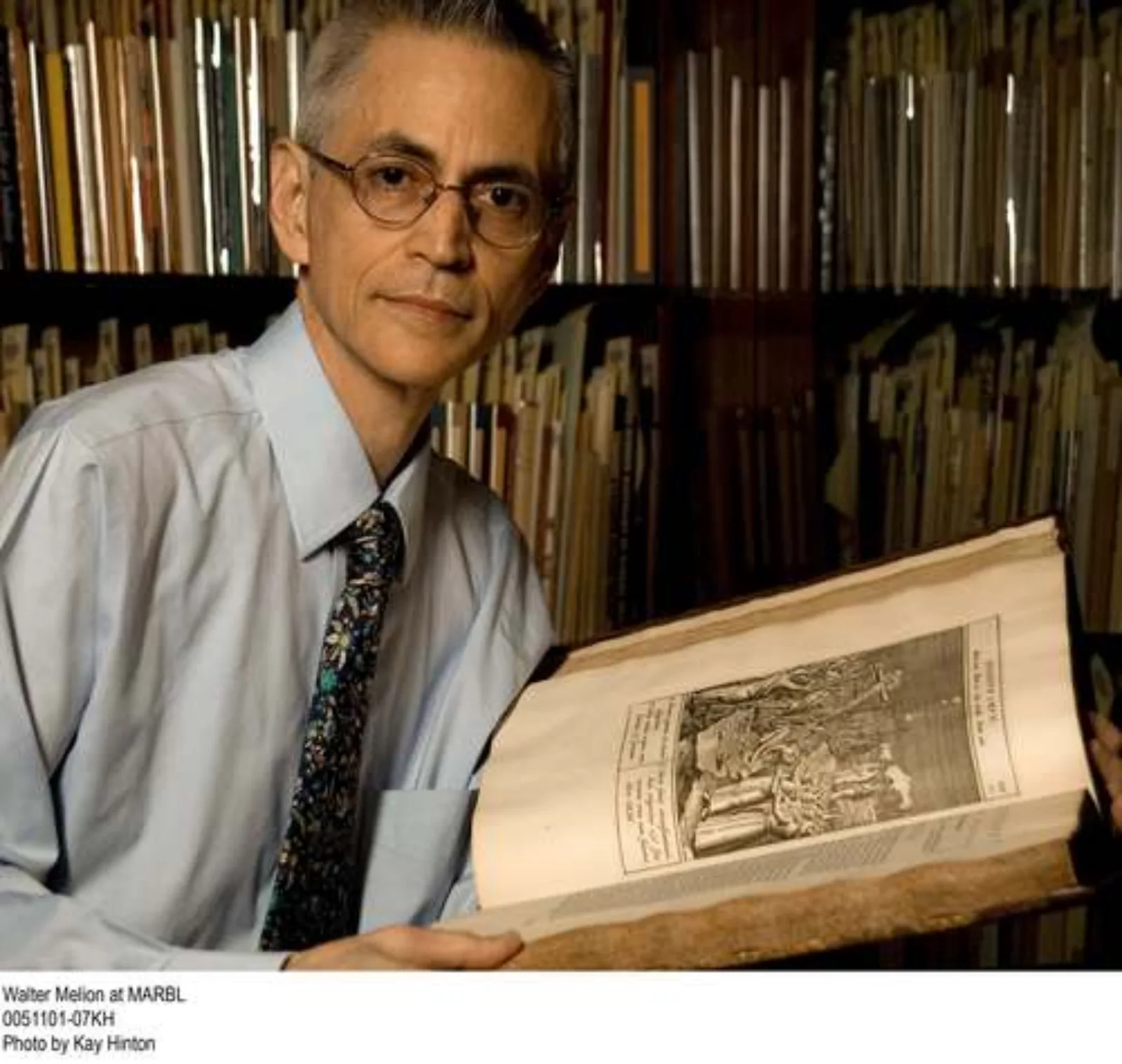Due to the COVID-19 pandemic, this program will take place virtually through Zoom.
Issued in 1614 for the express purpose of re-evangelizing the United Provinces, Franciscus Costerus, S.J.’s Het Nieu Testament onses Heeren Iesu Christi consists of a Dutch translation of the New Testament, supplemented by numerous marginal glosses referring to parallel scriptural texts from the Old and New Testaments, and by an extensive interpretative apparatus that underscores the scriptural warrant for key points of Roman Catholic doctrine. Whereas the scriptural citations cluster along a narrow columnar band at the left of each page, the prose commentary inhabits the wider band at the right. Costerus construed his explanations as pictures of a sort: he argues, with reference to Matthew 6:23 and Augustine’s reading of this passage, that discerning the true meaning of Scripture is like looking at images; if one’s eyes are healthy, and one’s vision is clear, then the body will be as if illuminated by the images the eyes behold. Similarly, if one’s reading of Scripture is true, unsullied by false opinions and heresies, then all one’s works, having been guided by the Gospel, will be as true as these true images. At some point soon after its publication, the owner of the copy of Costerus’s book now in the Maurits Sabbebibliotheek of the Katholieke Universiteit, Leuven, inspired by this analogy between seeing and reading, added a second tier of visual glosses, interspersing small devotional prints and cropped excerpts from larger prints amongst the marginal comments at right. This talk will examine the triple function—exegetical, eristic, and meditative—of these inserted prints.
Walter Melion is Asa Griggs Candler Professor of Art History at Emory University in Atlanta, where he has taught since 2004. He has published extensively on Dutch and Flemish art and art theory of the 16th and 17th centuries, on Jesuit image-theory, on the relation between theology and aesthetics in the early modern period, and on the artist Hendrick Goltzius.
